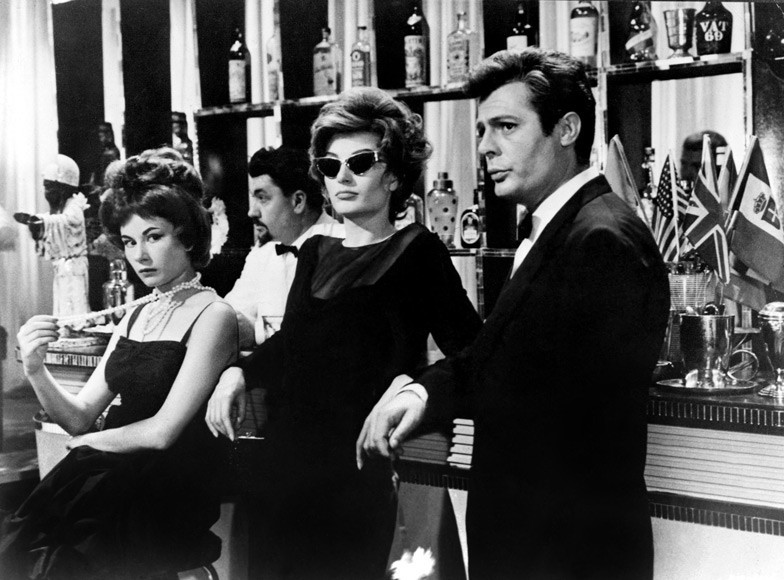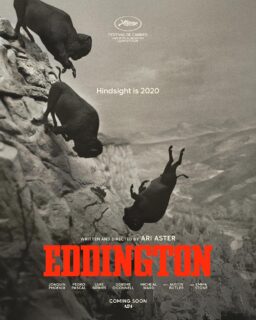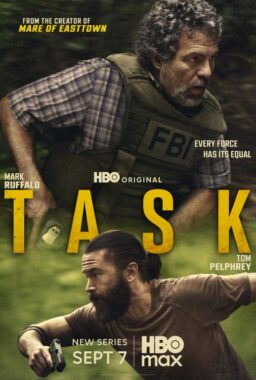As the 66th Cannes International Film Festival gets underway, blogger and filmmaker Scout Tafoya looks back at some especially notable years at the festival with a series of video essays.
The complete transcripts:
Part 1
Since its founding over a half a century ago, the Cannes Film
Festival has been where the world has looked to chart the progress of
the seventh art. Each year its lineup has acted as a soil sample for
major trends in filmmaking. In the year 1960, major changes took place
to the way movies were made and the ways audiences and critics perceived
them, and it all began at Cannes.
From a technical angle, there is very little diversity. Great big
cameras are mounted on dollies and tripods and all motion feels
deliberate and planned. Theatrical staging is preferred, the camera
staying on one axis and maintaining a respectful distance from its
subjects. A few productions are still made in studios, with their matte
paintings and showy production design, but there are just as many that
ventured out into the natural world to give their films a feeling of
authenticity. The old ways of doing things were starting to prove an
insufficient means of expression. One could look at these movies and
almost hear the directors wondering if there are other ways to tell
stories. Could cinema be more than a roller coaster ride, filled with
big, international stars? Could the audience be asked to do more than
sit back and watch?
 On the dramatic side, a few subjects gripped scenarists. Warfare
On the dramatic side, a few subjects gripped scenarists. Warfare
rages in the background of many movies, the shadow of the Second World War still covered many aspects of modern life and storytelling. The
question of whether the ends justified the means was on many minds, and
the most satisfying way to answer it was to make the war not about
hundreds of lives, but a few. Even during times of great strife, falling
in love was often the most pressing matter. If true love waits on the
other side of the battlefield, then won’t any struggle have been worth
it?
Characters fight to find a place in a world they barely understand,
and this means a spouse, a family, and a future situated comfortably in
the present. Tomorrow could wait.

In some works, the idea of the future is threatening. Older
generations come to grips with death and dying, of passing the torch to
young adults they don’t yet trust. Adolescence was feared as often as
exalted and youth had to prove itself worthy of the legacy it was being
handed. Those older characters that refuse to age gracefully pay a
price.
Filmmakers were about to learn this lesson the hard way. A small
handful of works were going to unseat classical filmmaking. Though
initially viewed with suspicion or outright contempt, they would soon
prove towering artistic successes that would dwarf the rest of the
competition and pave the way for a new kind of cinema.
The jury was faced with a choice that would come to have great
significance for the future of the medium. They could choose to reward a
traditional work and celebrate cinema’s past successes in mastery of
one kind of form, as they had the year before when they awarded the top
honor to “Black Orpheus,” an old school musical given a new sensibility.
Or the jury could embrace a brand new movement toward modernism that
explored the human condition in ways no one had ever dared to in the
mainstream.
The jury’s decision would send a message to artists all over the
world: these are the values to be rewarded in works of cinematic art.
This is what to aspire to.
Part 2
It took years for the rules of Cinema to be established, so of course
it was going to take an equally long time to throw them away. The 1960
Cannes Film Festival presented a medium at war with its own
restrictions. Slowly, artists from all over the world would break rank
and begin working in an unrecognizable new style.
Some took their cameras off their tripods and took to the streets,
experimenting with docurealism and impromptu, less traditional shot
composition. In the process, they kissed the star system goodbye and
made heroes out of nonprofessionals.
Some began making their films more about mindsets and milieus than stories that follow traditional arcs.
Some let silence and action steer the film for audacious amounts of screentime. Some experimented with direct address, calling one’s attention to the mechanics of filmmaking. Some told bold, taboo smashing stories bound to confront and outrage audience expectations. But one film in particular broke a few too many rules for comfort.

Michelangelo Antonioni’s “L'Avventura” tells the story of a group of
idle, moneyed Italians whose plans for a pleasant afternoon aboard a
yacht are ruined when one of them goes missing. Until her disappearance,
Anna, played by Lea Massari, has been presented as the film’s lead
character. Her absence leaves the film, and the audience, without an
anchor or direction. It seems as though the search for Anna, conducted
by her fiance played by Gabriele Ferzetti, and her best friend, played
by Monica Vitti, will now be the focus of the film, but that too falls
by the wayside in favor of examining their slow courtship. By the time
the film ends, it’s an open question as to what exactly it’s about. And
certainly critics have enjoyed examining its every secret and half-truth
since it debuted, but at the time, it caused an unimaginable uproar. At
its first screening the audience booed. Antonioni and Vitti fled the
screening in embarrassment and it seemed to be a failure. A second
screening resuscitated its reputation, a petition circulated on its
behalf signed by 35 sympathetic directors, producers and critics, and it
was awarded the prix du jury, or, more prosaically, second place.
But the battle was not easily won. During this shot in particular,
audience members reputedly yelled ‘cut” because they thought it went on
too long. Imagine if you can audiences today rioting over the length of
a shot. That ought to provide a window into what made “L’Avventura” stand
apart from the films the preceded it. Everything about it defied
convention.

Other films, like Federico Fellini’s “La Dolce Vita,” which took home
the festival’s topprize, the Palm d’Or, reflected a modernist
condition, but it was guided by a chatty, charismatic hero in a world
people recognized, that of Celebrity culture. Ingmar Bergman’s “The
Virgin Spring,” which also received a citation, was about consequences
and thus even at its most austere and troubling, made perfect narrative
sense. Erik Løchen’s “The Chasers” attempted to investigate a crime by
breaking the fourth wall as often as possible. Even as potentially
alienating a device as that is, its effected is leavened somewhat by its
constant attention to and recognition of the viewer.
“L’Avventura” strands the audience in a plot that changes direction at
regular intervals with characters it doesn’t fully know. Its apparent
conceit vanishes several times and no one ever explains their feelings
or motivation. Not only is Anna’s disappearance not resolved, it’s
forgotten entirely. The camera meanwhile stares at Vitti and Ferzetti in
unconventional framing, staying with them for every second of silent
contemplation of their own identities and of each other. It often flows
through spaces and conversations like a spectral character, obeying no
conventions of movement, axis or space. Antonioni directed like few
others ever had.
In the end it’s tough to say whether “L’Avventura”‘s enduring cultural
importance is due to its winning the Jury Prize or because of the stir
it caused. Looking at the complete list of winners, it becomes clear the
jury was only rewarding those who broke new ground. In addition to “La
Dolce Vita” winning the Palm d’Or, two Russian films, Iosef Kheifitz’ “The
Lady With The Little Dog” and Grigori Chukrai’s “Ballad of a Soldier,”
were given the short lived Prix de Meilleure Participation. These movies
pushed cinematic grammar into new directions to tell old stories, one
about a forbidden affair and the other about soldier on leave, and make
them feel new. But, as stunning and revelatory as they are, those films
haven’t had the lasting impact on modern theory that “L’Avventura” did.
No one could have known it, but the film’s ambient scene construction
and dogged refusal to explain itself represented the future of popular
art cinema. Antonioni’s unblinking objectivity in the face of the
dissolution of narrative would predict major trends in filmmaking, but
in competition with flamboyant works in recognizably popular style by
the likes of Vincente Minnelli and Nicholas Ray, it must have been like
looking into an empty crystal ball. When its first audience rejected it,
they were reacting to a whole new way of storytelling; who could blame
them for not understanding? The artform’s very foundations had been
shaken. Even today some are not convinced, but it seems that every month
of the year, some experiment bearing its influence will hit theaters.
To realize that is to come to terms with why the Cannes Film Festival’s
legacy is secure: This is where change starts. This is where artists
wage war for progress. It all happens here.











